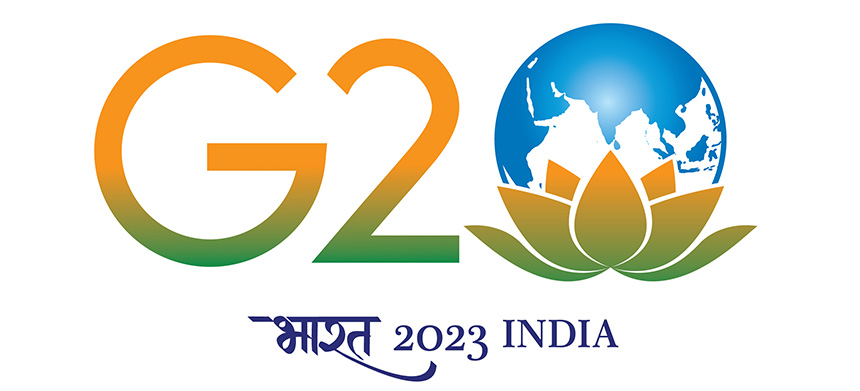
The event started with a plenary session and was opened with a welcome address by Joint Secretary Mr Dinesh Jagdale, MNRE, followed by opening remarks by Chairperson Mr Sumant Sinha, GWEC India. Then the inaugural address by Secretary Mr Bhupinder Singh Balla, MNRE and special address by ETWG Chair and Secretary Mr Alok Kumar, MoP were delivered.
After the plenary session was finalized, the panel named “Role of Global Offshore Wind Sector in Reaching Net Zero Targets” started with the attendance of the panelists. Having a global installed capacity of 64 GW of offshore wind with goals set at 380 GW by 2030 and 2000 GW by 2050, the role of the emerging markets such as India is highly important in contributing to the excellent progress made so far. In that sense, it is very crucial to collaborate on a global scale to enhance implementation of offshore wind projects in India, especially considering that the first offshore tender is going to be announced soon. Panelists had the chance to discuss the current policy framework, what Indian governments in both federal and state level can learn from the other offshore wind markets, the actions that need to be taken to be able to seize the opportunity presented in India and what role India can play in other emerging markets.
Taking the above agenda into consideration, one of the initial discussion points was the industrial development and port infrastructure that started in Denmark and helped construction of offshore wind projects in the North Sea. The Danish government support for this development as well as for the permitting processes allowed Denmark to build offshore wind projects on a fast-track process, which can be adopted by the Indian government with adjustments to Indian market dynamics. Another important development in Denmark on offshore wind was the price levels that have come down to zero-subsidy level and the lessons learned on balancing of offshore wind capacity and integration of offshore wind into the grid. This can provide an example to the Indian offshore wind market, where current offtake price was indicated as INR 4/kWh by state governments both in Tamil Nadu and Gujarat. However, one of the comments during the panel discussion was that current offtake price levels are not sufficient to make offshore wind projects viable without viability gap funding. More commitments, volume and an attached timeline are needed to enhance investments along with funding to be able to create an ecosystem in the region. This was well addressed in the strategy paper, where a tender plan of 5 GW of offshore wind every year with a total pipeline of 37 GW until 2030 was explained. A tariff support using a Viability Gap Funding (VGF) was also mentioned to be under discussion with MoF to be able to support the 1 GW of offshore wind projects in both Gujarat and Tamil Nadu.
Further discussion was carried out on the possibilities that India can excel on offshore wind in both regional and global terms such as its manufacturing capabilities, its port infrastructure, and its ambitions. The panel was finalized with closing remarks and a clear message: “Offshore wind is going to emerge in the Indian shores very soon”.